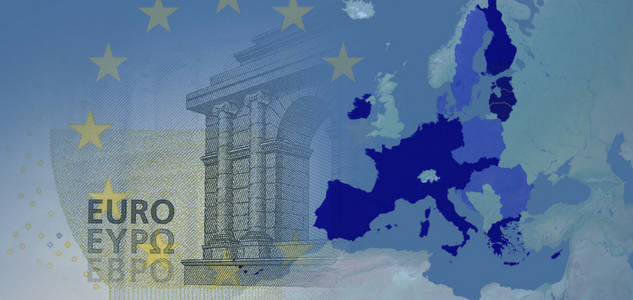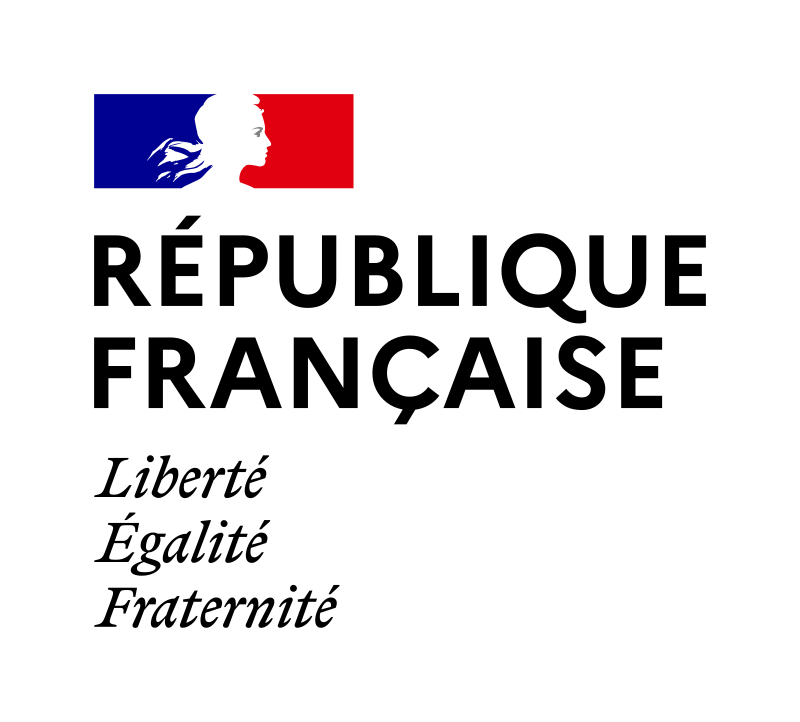
From the get-go the Union has been all about propelling the economic growth of its members. And six decades of existence attest to the measure of success Brussels has had in delivering on this. In effect, the convergence of the economies of new and older member states is one of the EU’s great achievements.
But as it has grown, the increasing challenge has been to lift its less prosperous members to the level of its more affluent states. This is particularly relevant for the eurozone.
The euro: a force for convergence?
Nothing less than the stability and future of the eurozone depend on the EU ensuring all citizens using the common currency enjoy a measure of prosperity.
Given the fundamental importance of the euro, France Stratégie invited IMF economist William Oman earlier this year to discuss a January 2018 IMF working paper that examines convergence within the EMU.[1]
Oman and his co-authors explained that while there has been nominal convergence of inflation and interest rates, there has been a lack of real convergence in per capita income levels since the euro was adopted by 11 member states in 1999. In fact, it stagnated over the first few years and even reversed in the wake of the global economic crisis.
The hope was the common currency would increase trade and capital flows, thereby boosting growth. In addition, member states’ inability to control the value of their currency by printing money to devalue it was supposed to force them to take measures to boost productivity. The upshot of this, together with counter-cyclical fiscal policies – i.e. spending and lowering taxes during a downturn or vice versa in an upswing – would be a movement towards a convergence in per capita income levels.
In reality, macroeconomic imbalances (e.g. current account deficits or private indebtedness) grew, and increased cross-border capital flows became destabilizing during the first decade of the euro. The authors put this down to pro-cyclical national fiscal policies and a lack of structural reform. In other words, they question government spending, taxation and willingness to reform labour markets.
They highlight the eurozone’s solid monetary policy framework has led to low inflation and a stable exchange rate, increasing “business and financial cycle synchronization, but stronger policies to help cushion divergent shocks are needed to improve economic performance.”
Some of the solutions they advocate are developing a common fiscal capacity by transferring budgetary power to the EU level and completing the Banking Union and Capital Markets Union. They also stress mitigating the risk and macroeconomic cost of financial instability through macroprudential regulation (e.g. reducing banks’ leverage by lowering their assets-to-equity ratio).
Politics first
Beyond macroeconomics and finance, Oman and his colleagues highlight the need for worker education and R&D in spurring greater convergence of income levels for the European project. This is echoed by Growing United: Upgrading Europe's Convergence Machine, a report released by the IMF in early March, which emphasizes bolstering skills and innovation to plug the productivity gap between southern and northern member states and reduce regional inequalities within countries.
Anne-Laure Delatte, deputy director of France’s Centre for Prospective Studies and International Information (CEPII), raised the key question of whether the IMF expects the single currency to drive convergence or, conversely, whether it sees convergence itself strengthening the single currency.
As US economist Kenneth Rogoff has shown, Delatte said, the dollar did not work optimally for the US – i.e. it wasn’t an Optimum Currency Area (OCA) – until 1930, just shy of 140 years after its creation. This is when unemployment insurance, social security and agricultural price supports were put in place, cushioning regional shocks and redistributing reserves lost through interregional payment deficits.
A common fiscal policy, she concurred, was a necessity to open up the possibility of transfers, stabilizing economies in the short run and increasing potential growth in the long run.
But as Michel Aglietta, economist and emeritus professor at the University of Paris X Nanterre, and CEPII advisor, pointed out, the European Stability Mechanism (ESM) is limited by its lack of political governance. The difference with the US is plain and simple: the latter had a common constitution. In other words, politics came – and continues to come – first.
There is no question the debate on convergence is gathering steam, driven as it is by inequality, unemployment and poverty. And regardless of the means advocated for achieving it, the renewed growth in the EU has only added to the sense of urgency that now is the time to take concerted action lest it be too late.
[1] Oman W. et al (2018), “Economic Convergence in the Euro Area: Coming Together or Drifting Apart?”, IMF Workign Papers, No. 18/10, International Monetary Fund.







